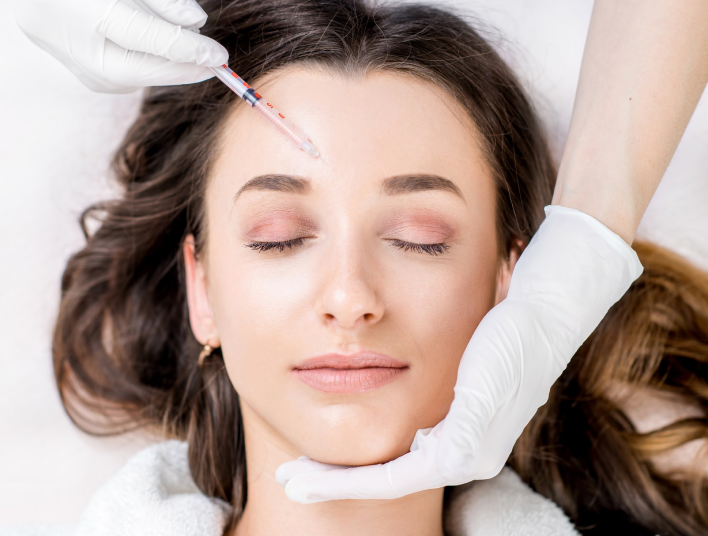Migraine Botox
OUR EXPERTS

What is migraine?
It is a chronic, neurological disease characterized by headache that affects the person psychologically and socially. Its prevalence rate in society is 1.4-2.2% in different studies, and it is a common disease.
How does botulinum toxin work in migraine treatment?
It has been scientifically proven that botulinum toxin is effective in preventing migraine attacks. Botulinum toxin acts on the cell cytoplasm by binding to the C-fiber endings where it is injected and blocks the release of CGRP and other neuropeptides. By preventing the release of neurotransmitters and neuropeptides, nerve conduction occurs and headache is prevented and treated.
Apart from chronic migraine, what are the other neurological diseases in which it is used?
It has been scientifically shown that botulinum neurotoxin is effective and safe in the treatment of focal/segmental dystonias, cerebral palsy, stroke, overactive bladder and hyperhidrosis (excessive sweating).
Which types of toxins are used in the treatment of chronic migraine?
There are basically three types of botulinum toxin that have received FDA approval for the treatment of chronic migraine. Onabotulinum toxin (Allergan), abobotulinum toxin (Dysport), incobotulinum toxin (Xeomin).
Where are the migraine botox points?
Migraine points vary individually depending on the region where the migraine attack is triggered. It is the muscle group that combines the muscle groups that enable the frowning of the eyebrows, which we call corrugator, and the procerus muscle to form the area between the eyebrows, which we call the glabellar complex. This area is the first point for migraine injections. Injection points in this area are common with classical facial botox. The second area where migraine botox is applied is the forehead area, which we call the frontal area. Although it is generally recommended to inject from 4 points in this area, injecting the points that prevent the eyebrows from rising, which we call stoppers, ensures a good aesthetic result. The third area treated is the temporal area. Injections are made from an average of 4 points in the temporal region. Another area of application is the occipital region. Injections are made to an average of 6 points in this area, which corresponds to the back of the head. The cervical paraspinal (nape area) area is the 6th area where injection is made. In this part, the process is generally applied from 4 points. The region that covers the shoulder heads, which we call trapezius, is one of the areas where pain frequently begins and the procedure is generally applied from 6 points. The masseter (chewing) muscle varies from person to person, but often contributes to headaches due to excessive clenching and grinding, and botulinum toxin needs to be applied to this area.
Migraine points should be personalized and the focus should be on the points where the patient’s attack and aura are triggered.
Botulinum toxin application in migraine disease is an evidence-based, effective and reliable treatment option to prevent attacks. You can get information about migraine treatment with botulinum toxin from our clinic.
